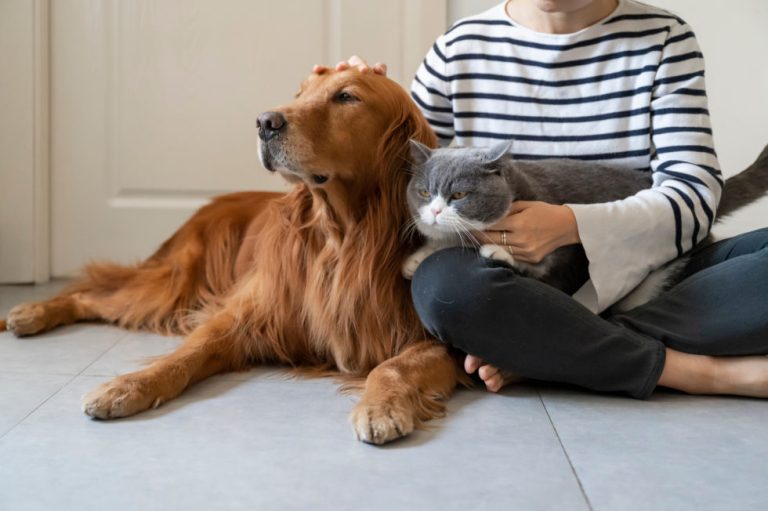
Understanding the Unspoken Bonds Between Unlikely Pet Pairs
Have you ever seen a cat cuddle with a parrot, or a dog patiently share its space with a rabbit? At first glance, it seems bizarre — even risky. But dig a little deeper, and you’ll uncover a fascinating world of silent signals, body language, and emotional connection: a secret language that pets of different species use to communicate.
In a world where humans struggle to communicate across cultures, pets are quietly bridging the species gap — and they’re doing it with remarkable empathy.
🐶🐱 Can Different Animals Really Understand Each Other?
While dogs bark and cats meow, and rabbits twitch their noses, interspecies communication isn’t about matching sounds — it’s about recognizing energy, intent, and body cues.
- A cat may not wag its tail like a dog, but it might nuzzle a guinea pig gently to show affection.
- A dog might learn that a bird flapping its wings is not aggression, but excitement.
- A parrot might mimic a meow, not to tease the cat, but to connect.
Animals are excellent observers. When raised together or given enough social time, they learn patterns and adjust their behavior — sometimes even better than humans do.
🧠 How It Works: The Basics of Interspecies “Pet Talk”
Here’s how pets of different species manage to live in harmony (or even love):
1. Energy Reading
Pets can read vibes better than we can. A calm dog may help a nervous rabbit feel secure. An anxious cat might find comfort in the grounded presence of a turtle.
2. Respect for Boundaries
Unlike humans, animals don’t overthink. A hiss, a growl, or a retreat is enough to say, “Give me space.” Other pets usually listen — especially if they’ve had time to adjust to each other’s cues.
3. Mimicry and Mutual Routines
Pets often mimic each other’s schedules, sleeping patterns, or play times. A dog and bird might nap at the same time or race to the door when you return.
🧪 Real Stories: When Species Become Soulmates
- Milo & Coco: A Labrador and a house rabbit who played tag every morning. Milo would tap Coco’s head gently with his nose to initiate play.
- Simba & Kiwi: A rescue cat and a green parrot. Kiwi often groomed Simba’s fur with her beak, while Simba purred softly, never scratching or swatting.
- Toby & Blush: A Golden Retriever and a koi fish in a garden pond. Every evening, Toby would lie near the water, and Blush would swim up to him — even letting him nuzzle close to the surface.
These stories aren’t fantasy — they’re real examples from multi-pet homes where trust and time allowed connections to flourish.
🛠️ How to Foster a Multi-Species Friendship
If you’re thinking of introducing a new species to your pet household, keep these tips in mind:
✅ Start Slow
Allow your pets to see and smell each other from a distance for the first few days.
✅ Controlled Interactions
Use leashes, carriers, or enclosures to keep everyone safe while they adjust.
✅ Positive Reinforcement
Reward calm and friendly behavior with treats, praise, or gentle petting.
✅ Know Their Limits
Some animals simply prefer solitude. Don’t force interaction if one seems constantly stressed.
❤️ What We Can Learn From Them
In a time when the world struggles with division, pets show us what true understanding looks like — no words needed. The bond between species teaches us that:
- Connection is built on trust.
- Patience is powerful.
- And love… love doesn’t always look like us.
So next time your cat snuggles beside your bearded dragon or your rabbit follows your dog around the house, know this: you’re witnessing something rare and beautiful — a conversation beyond species, spoken in the secret language of kindness.





